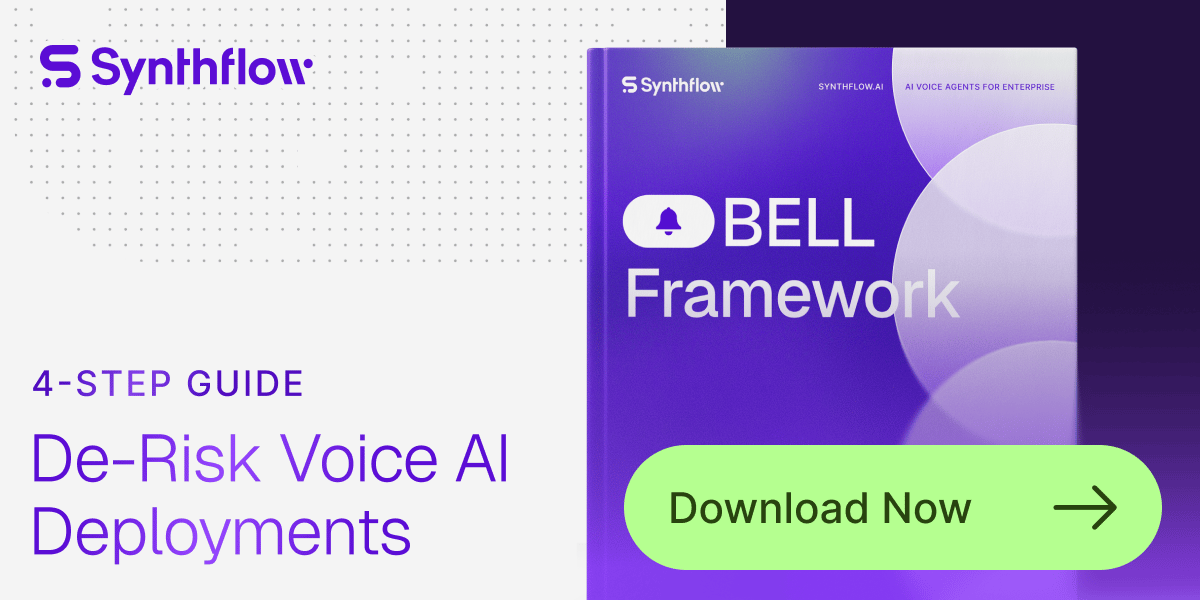- Generative AI Art
- Posts
- 1X's NEO home robot hits the market
1X's NEO home robot hits the market
PLUS: Nike's robotic running shoes and Uber's 100k robotaxi fleet
Robotics startup 1X is taking a major step into the consumer market, opening preorders for its NEO humanoid robot. Priced at $20,000, the machine is designed to help with common household chores.
However, the robot isn't fully autonomous and still requires human teleoperation for certain tasks. This raises a key question: how will consumers balance the convenience of a home robot with the privacy implications of a remotely operated device in their personal space?
Today in AI:
PRESENTED BY HUBSPOT
How can AI power your income?
Ready to transform artificial intelligence from a buzzword into your personal revenue generator
HubSpot’s groundbreaking guide "200+ AI-Powered Income Ideas" is your gateway to financial innovation in the digital age.
Inside you'll discover:
A curated collection of 200+ profitable opportunities spanning content creation, e-commerce, gaming, and emerging digital markets—each vetted for real-world potential
Step-by-step implementation guides designed for beginners, making AI accessible regardless of your technical background
Cutting-edge strategies aligned with current market trends, ensuring your ventures stay ahead of the curve
Download your guide today and unlock a future where artificial intelligence powers your success. Your next income stream is waiting.
What’s new? Robotics startup 1X has opened preorders for NEO, its $20,000 humanoid robot designed to assist with household chores like organizing shelves and folding laundry.
What matters?
Despite its autonomous capabilities for some chores, certain tasks still require remote human operators to puppeteer the robot, showing the technology's current limitations.
The launch generated major social media buzz but also raised valid privacy concerns from users about allowing a teleoperated device inside their homes.
NEO’s debut is the first major step into a consumer space that Morgan Stanley projects a $5T market for by 2050, setting the stage for future competition.
Why it matters?
This launch marks a significant milestone, moving humanoid robots from research concepts into the real-world consumer market. It establishes an important benchmark that will spur competition and speed up the development of more capable and accessible home robots.
PRESENTED BY SYNTHFLOW
A Framework for Smarter Voice AI Decisions
Deploying Voice AI doesn’t have to rely on guesswork.
This guide introduces the BELL Framework — a structured approach used by enterprises to reduce risk, validate logic, optimize latency, and ensure reliable performance across every call flow.
Learn how a lifecycle approach helps teams deploy faster, improve accuracy, and maintain predictable operations at scale.
What’s new? Nike has unveiled Project Amplify, the world's first powered running system designed to act as a 'second set of calf muscles' and make running easier.
What matters?
The system targets recreational runners in the 10-12 minute mile range, with the goal of making uphill running feel like you are on flat ground.
This powered running system represents a major step for robotics in mainstream apparel, moving beyond passive gear to active assistance.
Don't expect to lace up a pair just yet, as a broad consumer launch for the technology is still years away.
Why it matters?
This launch highlights the growing expansion of robotics into mainstream consumer wellness and apparel. It signals a future where high-tech clothing doesn't just track our performance but actively enhances our physical abilities.
What’s new? Uber is partnering with NVIDIA to deploy a massive fleet of 100,000 autonomous robotaxis. The ambitious rollout is scheduled to begin in 2027.
What matters?
The scale of the deployment, 100,000 vehicles, signifies a move far beyond typical pilot programs into mass-market operation.
The fleet will be powered by NVIDIA's DRIVE AGX Hyperion 10 platform, a powerful system designed for autonomous vehicles.
This partnership sets a concrete timeline, with the first vehicles expected to hit the road starting in 2027.
Why it matters?
This move signals a major strategic bet by Uber on a vertically integrated hardware approach for full autonomy. It also solidifies NVIDIA's position as a foundational technology provider for the next generation of autonomous ride-hailing services.
PRESENTED BY CHARGEFLOW
Stop Fraud Before Fulfillment
Post-purchase fraud is rising, slipping past checkout tools and draining retail profits. Chargeflow Prevent blocks fraud after payment but before fulfillment, cutting disputes by 90% with <0.1% false positives.
Everything else in AI
The Bot Company is reportedly closing a $250M funding round that would double the valuation of Cruise co-founder Kyle Vogt's new robotics startup to $4B.
Toyota unveiled its "Walk Me" concept, an autonomous wheelchair that uses tentacle-like legs to climb stairs and navigate uneven surfaces.
iRobot saw its shares plummet 33% after the Roomba maker revealed its last potential acquisition partner had walked away from a deal.
Uber plans to launch a premium robotaxi service in San Francisco in 2026, setting up a direct challenge to Waymo on its home turf.
Essential AI Guides - Reading List:
Let us know!
What did you think of today's email?Before you go, please give your feedback to help us improve the content for you! |
Work with us
Reach 100k+ engaged Tech Professionals, Engineers, Managers and decision makers. Join brands like MorningBrew, HubSpot, Prezi, Nike, Ahref, Roku, 1440, Superhuman, and others in showcasing your product to our audience. Get in touch now →



